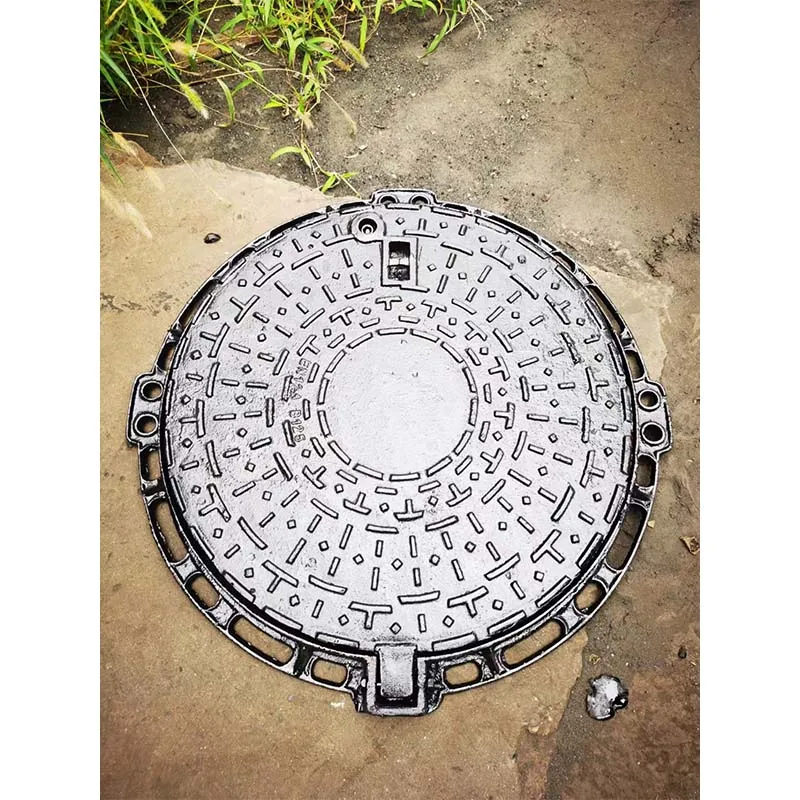Clamp Adjustment Solutions for Enhanced Stability and Performance in Various Applications
Understanding Clamp Fixing An Essential Guide
Clamp fixing is a fundamental technique used in various fields ranging from woodworking to metalworking and even in construction. This versatile technique ensures that materials are securely held in place during fabrication or assembly processes, contributing to precision and safety. In this article, we will explore what clamp fixing is, its applications, types of clamps, and best practices to ensure effective use.
What is Clamp Fixing?
Clamp fixing involves using a device or tool to hold workpieces firmly together, preventing any movement during processes like cutting, drilling, or welding. By applying consistent pressure, clamps secure materials, allowing for safer operations and more accurate results. This technique is indispensable in any workshop or construction site, as it allows craftsmen and technicians to focus on their work without worrying about materials shifting unexpectedly.
Applications of Clamp Fixing
Clamp fixing has a wide range of applications across different industries
1. Woodworking In woodworking, clamps are used to hold pieces of wood together while joints are being glued, ensuring tight bonds. Woodworkers often use bar clamps, pipe clamps, and corner clamps to achieve precise angles and secure attachments.
2. Metalworking Metal fabricators use clamps to secure metals in place during cutting or welding. The stability provided by clamps enhances the accuracy of the welds and cuts, which is critical for producing high-quality metal products.
3. Construction In construction, clamps play a vital role in assembling frames and installing windows and doors. They ensure that all components align correctly, contributing to the overall integrity of structures.
4. Machining In machining processes like milling or grinding, clamps hold the workpiece in position, allowing for uniform cuts and finishes. This application is crucial in manufacturing processes that demand high precision.
Types of Clamps
There are numerous types of clamps, each designed for specific applications. Some common types include
- Bar Clamps These clamps use a long bar and adjustable arms to hold objects securely. They are commonly used in woodworking and can apply significant pressure.
clamp fixing

- C-Clamps Named for their C-shaped design, these clamps are versatile and used in various applications, especially in metalworking.
- Pipe Clamps These clamps use a pipe to create leverage and can be adjusted to accommodate different sizes of workpieces.
- Spring Clamps Light and easy to use, spring clamps are often used for quick jobs and light-duty applications.
- Corner Clamps As the name suggests, these are designed to hold pieces together at right angles, making them ideal for frame construction.
Best Practices for Clamp Fixing
To maximize the efficiency and safety of clamp fixing, consider the following best practices
1. Choose the Right Clamp Select a clamp suitable for your specific task and materials. Ensure it can provide the necessary pressure without damaging the workpieces.
2. Even Pressure Distribution When applying clamps, make sure the pressure is evenly distributed to avoid warping or damaging the material. Using padding or blocks can help achieve this.
3. Inspect Regularly Regularly check your clamps for wear and tear. Worn or damaged clamps can compromise the safety and accuracy of your work.
4. Use Clamps Appropriately Avoid overtightening, which can lead to material damage. Always follow the manufacturer’s guidelines for the clamping force.
5. Safety First Always wear appropriate safety gear when working with clamps, especially in metalworking and construction, where injuries can occur from slips or drops.
Conclusion
Clamp fixing is an essential skill and practice in various fields that require precision and safety in handling materials. Understanding the different types of clamps, their specific applications, and best practices can significantly enhance the efficiency and effectiveness of your projects. Whether you are a hobbyist woodworker or a professional machinist, mastering clamp fixing will ensure that your work is not only accurate but also safe. As you continue to engage in your craft, remember that clamps are more than just tools; they are your partners in achieving the best results.
-
The Smarter Choice for Pedestrian AreasNewsJun.30,2025
-
The Gold Standard in Round Drain CoversNewsJun.30,2025
-
The Gold Standard in Manhole Cover SystemsNewsJun.30,2025
-
Superior Drainage Solutions with Premium Gully GratesNewsJun.30,2025
-
Superior Drainage Solutions for Global InfrastructureNewsJun.30,2025
-
Square Manhole Solutions for Modern InfrastructureNewsJun.30,2025
-
Premium Manhole Covers for Modern InfrastructureNewsJun.30,2025
